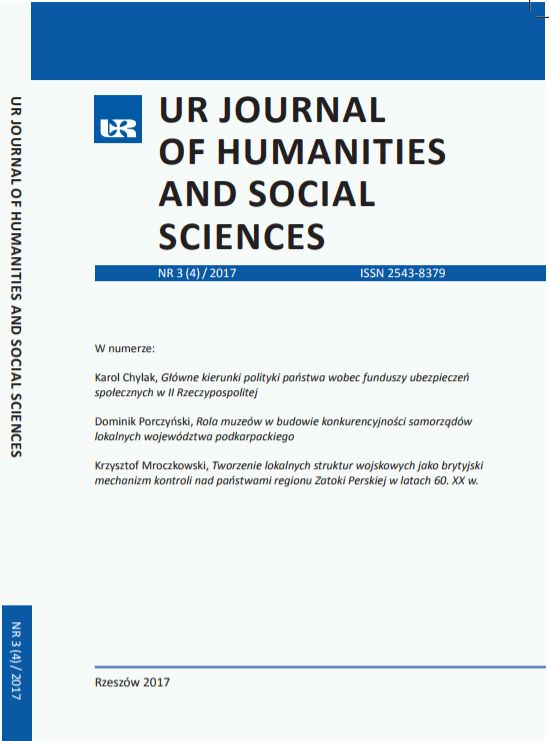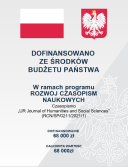Possibilities of using social insurance funds in the state's investment policy during the interwar period in Poland
DOI:
https://doi.org/10.15584/johass.2017.3.2Keywords:
Social policy, Economic policy, Boons, Second Polish RepublicAbstract
In the Second Republic of Poland, there was an urge to make use of the social insurance funds in the economic policy, especially as the principles of financing the long-term security systems fostered such policy. With the passage of time, the authorities constructed instruments which allowed influence on both the means and the directions of allocation of the social insurance funds.
Moreover, the authorities strived to take over control on the funds and to convert them into one of the most important reservoirs of investment capital that could be utilised in economic policy. In order to accomplish the aforementioned project, the state's banks were used to unleash auxiliary capital, frozen – in a way – in the social insurances.
Year on year, there was an increasing importance of those funds in the investment policy of consecutive governments of the Second Republic of Poland. The funds were substantial, especially after implementation of the insurance for the white-collar workers and, afterwards, a pension for the blue-collar workers.
Positive assessment of the execution of the first investment programs from the social insurances' funds, at the end of the 1920s and beginning of the 1930s resulted in the decision to increase their contribution in the following years.
That issue was of great importance while implementing reform of the social insurance system in 1933. Then, it was clearly indicated that some long-term social insurance funds would be incorporated into capital used by the state.
Downloads
Downloads
Published
How to Cite
Issue
Section
License
Copyright (c) 2017 Wydawnictwo Uniwersytetu Rzeszowskiego

This work is licensed under a Creative Commons Attribution-NonCommercial 4.0 International License.



